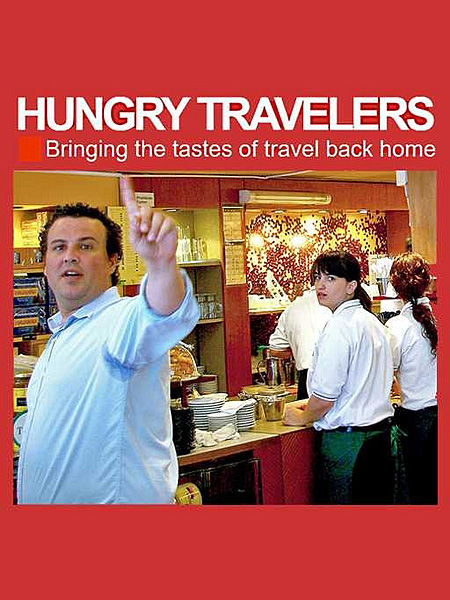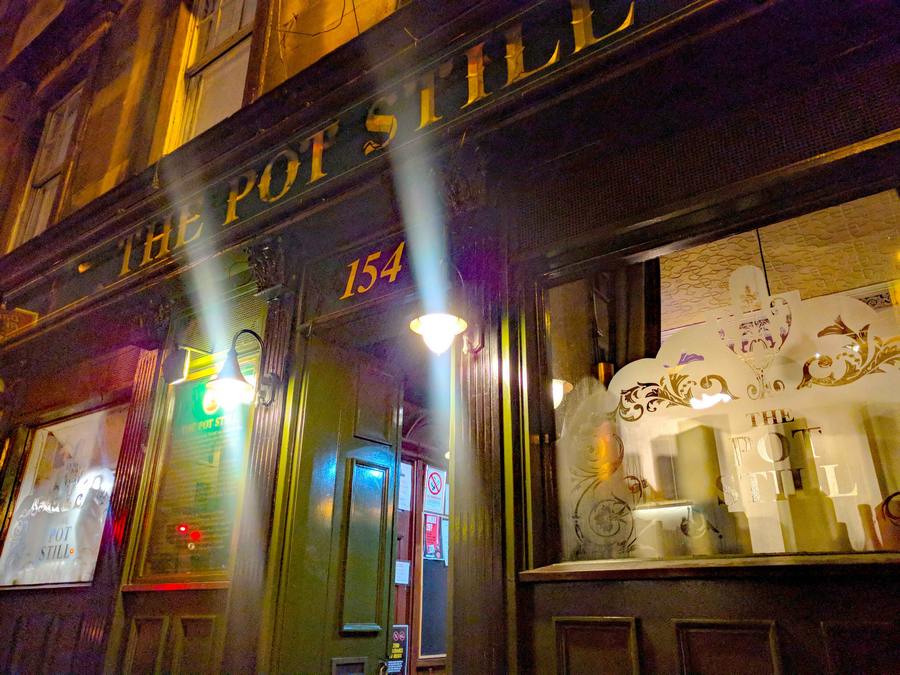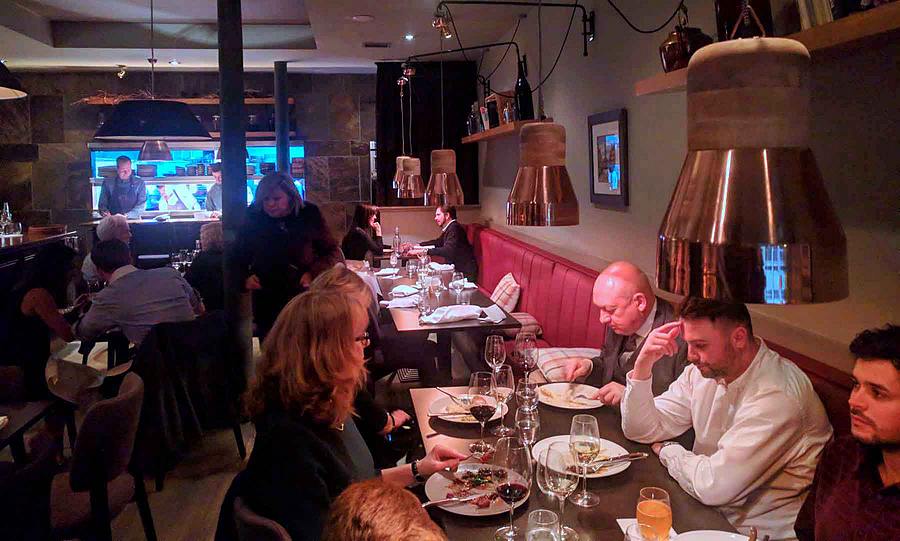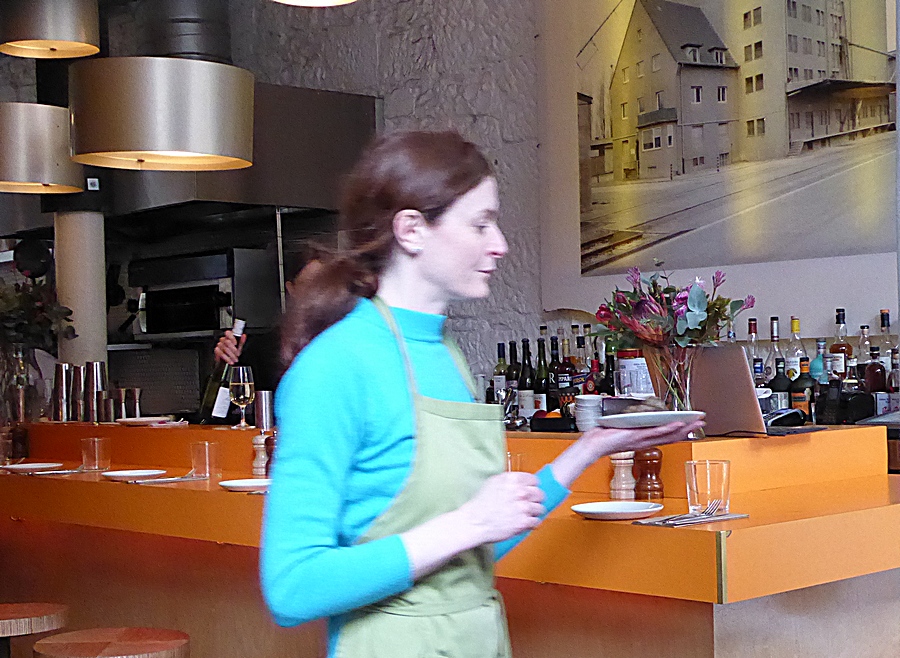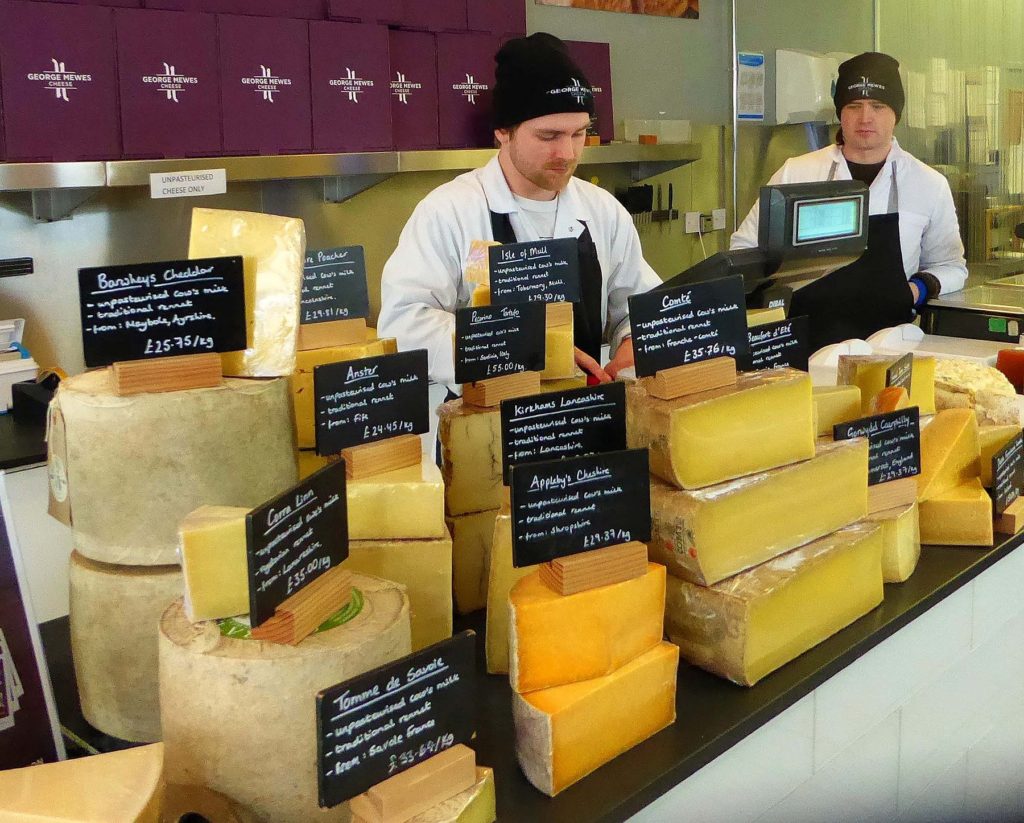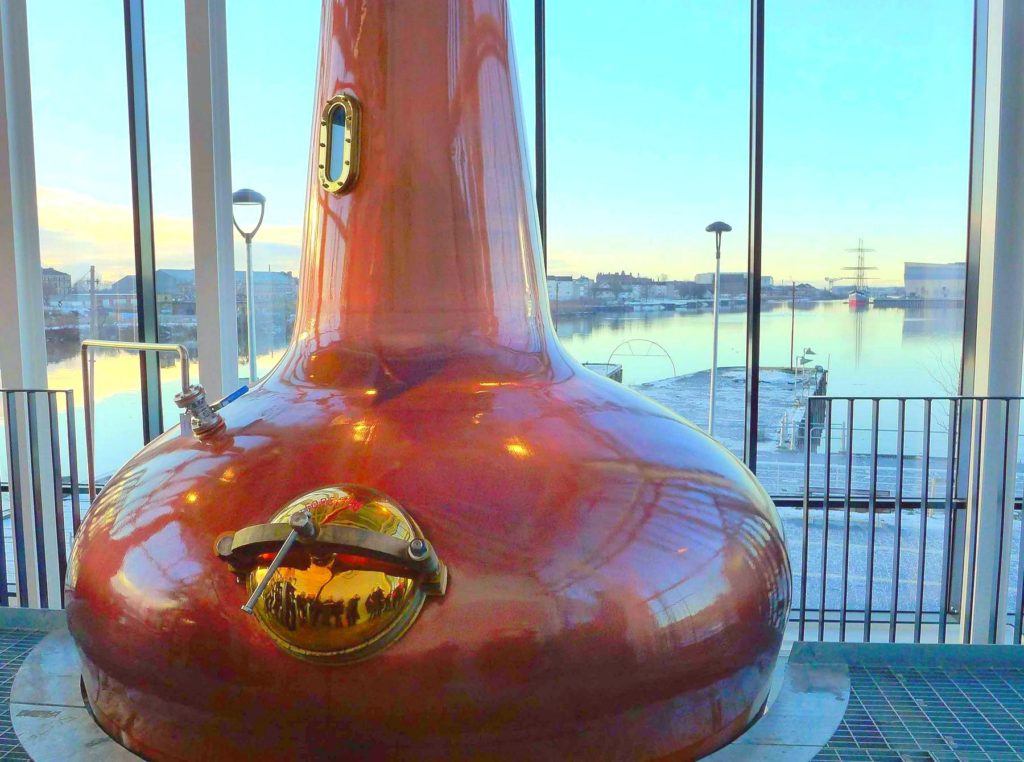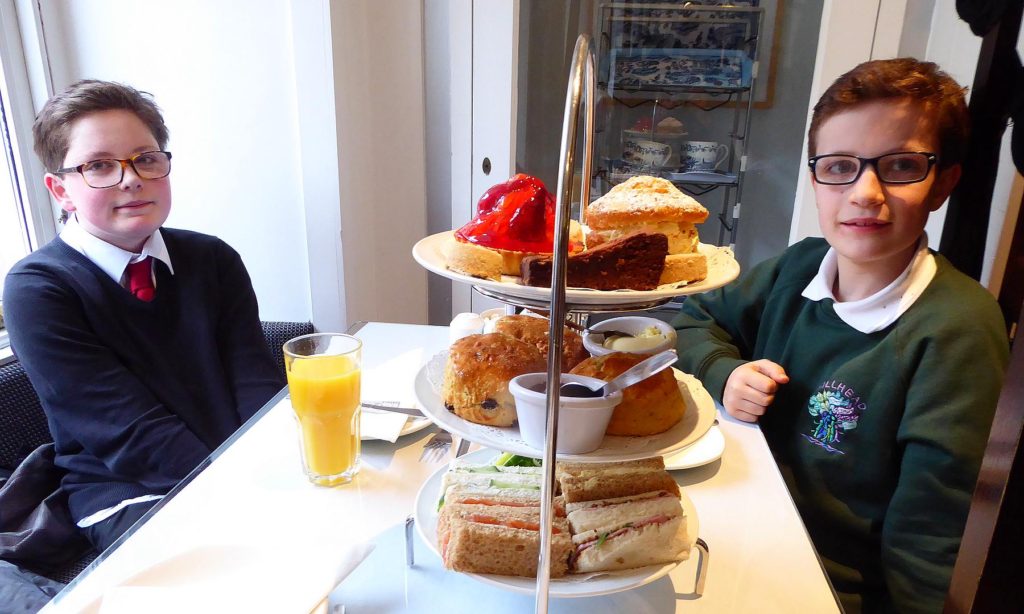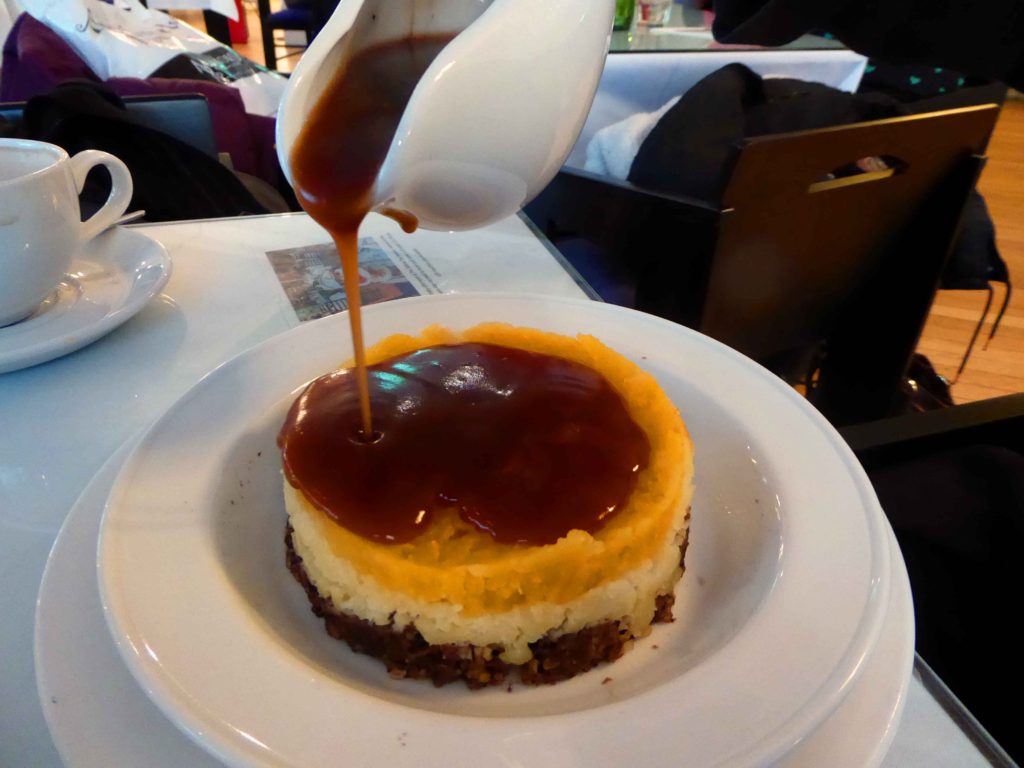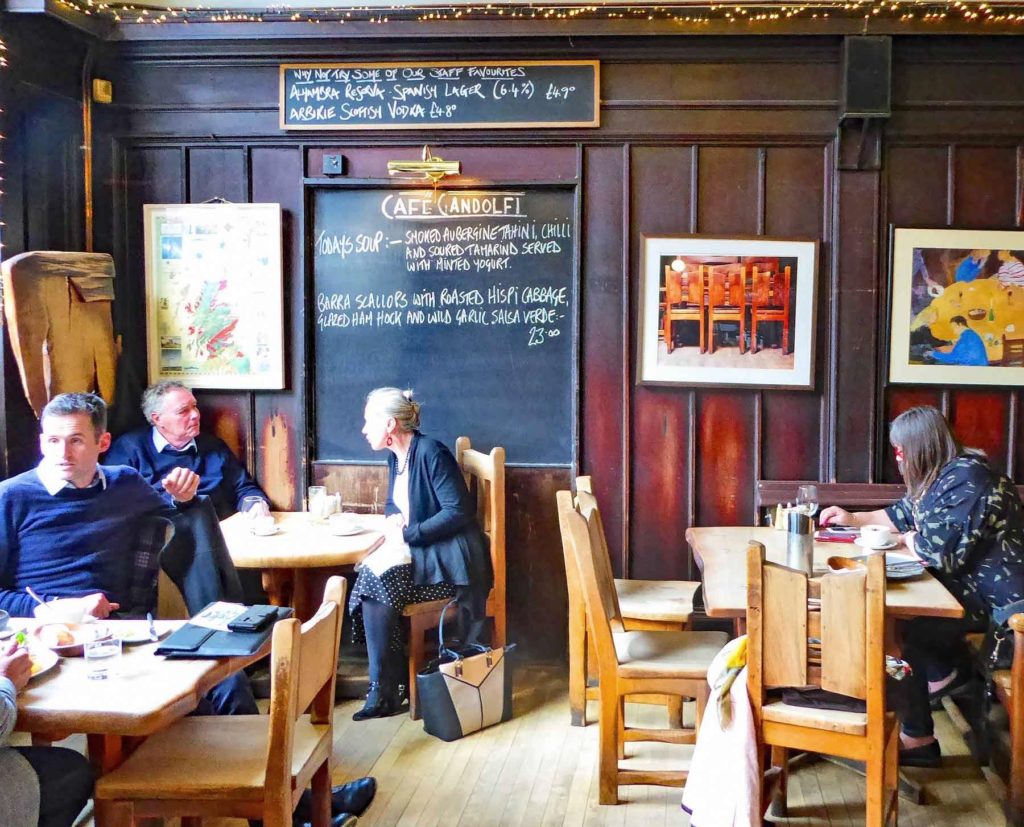
Gourmet pioneer Cafe Gandolfi a Glasgow must
Every city's gastronomic revolution has its pioneers, and one of the most important in Glasgow is probably Cafe Gandolfi (64 Albion St., 0141-552-6813, cafegandolfi.com). When photographer Iain Mackenzie opened the restaurant in 1979 in the city's old cheese market offices, he was running against the tide. Adventurous foodies would take a taxi from Central Station, about a 10-minute walk, because the old Trongate neighborhood was so shady. Now Gandolfi is one of several good restaurants in “Merchant City,” the newish moniker for the redeveloped district. The current owner, Seumas MacInnes, came to work as a kitchen hand in 1983 and took over the reins from Mackenzie in 1995. By all accounts, it was a seamless passing of the baton between two Gaels whose families hail...Read More
